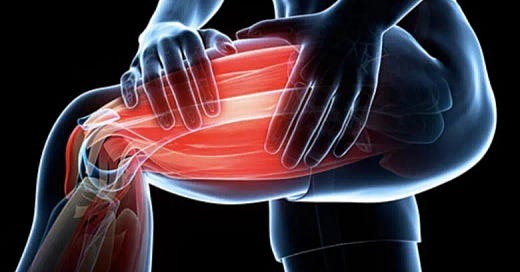Soreness or Pain: What's the Difference?
How can you tell the difference between good muscle soreness and bad muscle soreness?
REHABMUSCLE SORENESSMUSCLE INJURYRECOVERY
Csaba Pecsi
10/4/20222 min read


Muscle Soreness After Exercise
Muscle soreness typically presents as a dull ache with tenderness and sensitivity in the affected area. You’ll feel pain when the muscle is in use, stretched, or under pressure, but not when it’s at rest. Soreness is common when starting a new exercise routine or increasing intensity. It can take up to two days for soreness to set in, so it's important not to push too hard in the first two weeks. This is known as Delayed Onset Muscle Soreness (DOMS), also referred to as muscle fever. Everyone experiences soreness differently, but it typically peaks within 24-72 hours after exercise and then gradually decreases, disappearing in about 4-7 days.
If soreness from a specific muscle group lasts more than 4 days, you might have overdone it and may need rest or even a doctor’s visit.
If soreness is so severe that you can barely move, it's time to reduce the intensity of your workouts. It’s recommended to avoid vigorous activity until the soreness fully subsides.
Ideally, you should feel just enough soreness to remind you of the muscle group you worked. Once you’re in a consistent routine, soreness should only occur when trying new exercises or significantly increasing intensity.
To ease soreness, you can improve blood flow to the affected muscles through methods like massage, using a steam room, taking a hot bath, visiting a sauna, taking a cold plunge, or doing low-intensity exercise.
Muscle Cramps (Charley Horses) vs. Muscle Soreness
Muscle cramps differ from soreness in that they involve sharp, intense pain caused by muscle contractions. They’re typically sudden and unpleasant, often occurring during or after intense activity.
Common causes of muscle cramps include:
Overuse or muscle fatigue from hard exercise
Dehydration or an imbalance of minerals like magnesium, potassium, calcium, or sodium in the muscles
Muscle cramps can take anywhere from 2 to 7 days to fully recover.
Other possible causes of muscle cramps include:
Pregnancy
Hypothyroidism
Depletion of magnesium or calcium stores
Alcohol consumption
Kidney failure leading to uremia
Medications
Varicose veins
Multiple sclerosis
While cramps are often benign, they can sometimes indicate underlying neurological, endocrine, or metabolic issues. It’s important to seek professional evaluation if cramps persist.
Treatment for Muscle Cramps
If you experience muscle cramps during or after physical activity, the best course of action is to rest and rehydrate with a sports drink that contains minerals. Gently massaging the affected area can also help. Avoid stretching the cramped muscle by contracting the opposing muscle group, as this can cause serious injury or even tear the muscle tissue.
CSPFIT
Personal training, nutrition, and health coaching services.
CONTACT
Contact Us
☎ 203-939-3956
Copywright © 2025 CSPFIT LLC - All rights reserved.
